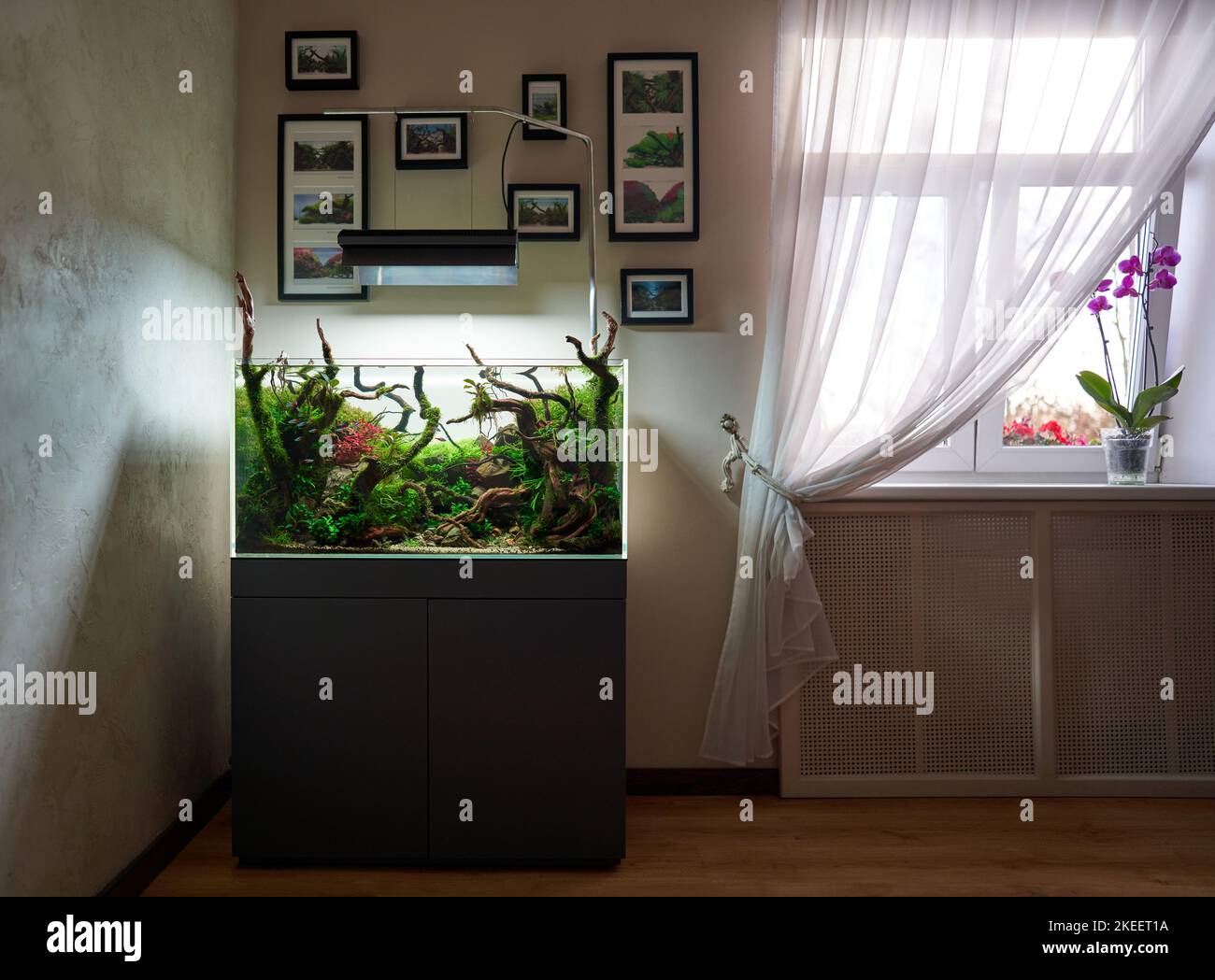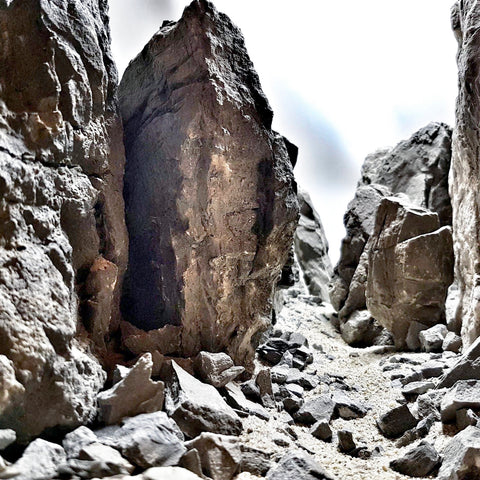
Mangrove Wood, dark-colored with a reddish tint, nice structures.Dark Iron Driftwood, dark driftwood with interesting texture.Overview of all the types of more compact driftwood in the Aquasabi product range Red Moorwood, reddish wood, nicely ramified.Talawa Wood, straighter lines, nicely ramified wood with an interesting bark structure.Moorwood, nicely ramified wood that comes in different forms and colors.Overview of all the types of finely ramified driftwood in the Aquasabi product range You will get exactly the piece of driftwood you have seen in the product picture. Especially snails, shrimp and some fish are even grateful for this additional source of food.Īll the pieces of driftwood we offer are individually photographed. These bacteria are absolutely harmless, and the layers disappear after some time all by themselves. It has the potential to remove any tint in the water within a very short time.īy the way, it is absolutely normal for some pieces of driftwood to develop a white slimy layer, which is of bacterial origin. If you prefer crystal-clear water from the beginning, we recommend the use of the filter medium Seachem Purigen. Please make sure that it stays down for every individual piece of wood before you start using it in a layout, though.Įspecially those woods with a higher density tend to give off humins to the water, which may add a brownish stain.

Wood with a higher density, like Mangrove Wood or Riverwood usually does not have much buoyancy and stays on the ground from day one. These woods need to be pre-soaked so they can absorb sufficient water to keep them down later on in the aquarium, or you can weigh them down with pieces of stone. Wood with a low density, like Red Moorwood or Talawa Wood tend to float in the beginning.

There are different kinds of driftwood that are suitable for aquascaping.
#FRODO STONE AQUASCAPE SKIN#
Grey Rocks Elephant Skin Rocks, rugged light grey rock with roundish forms.Black Pagoda, layered dark rock with brown veins.Seiryu Stone, rugged grey stone, sometimes with white veins.Overview of all the rocks in the Aquasabi product range that slightly harden the water Sansui Stone, dark, layered stone with a slightly rough surface.Manten Stone, rugged, highly structured stone, may have different colors.Koke Stone, dark, angular stone with a rugged surface.Unzan Stone, stone with the structure of lava and pockets for plants.Black Lava, light-weight, porous rock with a dark color.Dragon Stone Ohko, brownish stone with a strong pitted structure.Overview of all the rocks in the Aquasabi product range that do not influence the water parameters Remove those with a sharp object and rinse the stones very thoroughly before you place them in your tank.

Especially Dragon Stone, also called Ohko Stone, is notorious for containing loam deposits in its many nooks and crannies. Doing so you'll remove tiny dust particles that would otherwise cloud the water, especially in new tanks. It is highly recommendable to clean each and every piece of rock thoroughly or at least rinse it carefully under running water before you place it in your aquarium. Use demineralized water or water from a reverse osmosis system to refill the tank. In order to keep the water hardness down anyway we recommend changing larger amounts of water frequently. This increases the carbonate hardness as well as the total hardness of the aquarium water. Especially if you have a CO 2 injecting system in your aquarium, the carbonic acid produced by it has the potential to dissolve the lime deposits contained in these rocks. While rocks like lava or dragon stones do not influence the water quality, especially those rocks with a beautifully rugged surface like for example Seiryu Rock or Grey Mountain Stone do contain a little lime and thus may harden the water a bit. Rocksīasically we discern between rocks that are neutral in water and rocks that slightly harden the water. We carry a vast array of different rocks and pieces of driftwood, and we'd like to present them to you in detail in the following. When planning and setting up a layout aquascapers pay great attention to especially beautiful material (for example with an interesting texture or form). This is especially true for rock landscapes in the Japanese style (aka Iwagumi). In aquascaping, the hardscape is used as decoration, and it is valued at least as highly as the aquatic plants used in such a layout. As counterparts, aquatic plants, as they are basically the soft elements in an aquascape, are called "softscape".

The term "hardscape" in the Nature Aquarium and in aquascaping describes all natural decorative materials like for example driftwood or rocks.


 0 kommentar(er)
0 kommentar(er)
